Hari Nallan & Mohita Jaiswal - September 2020

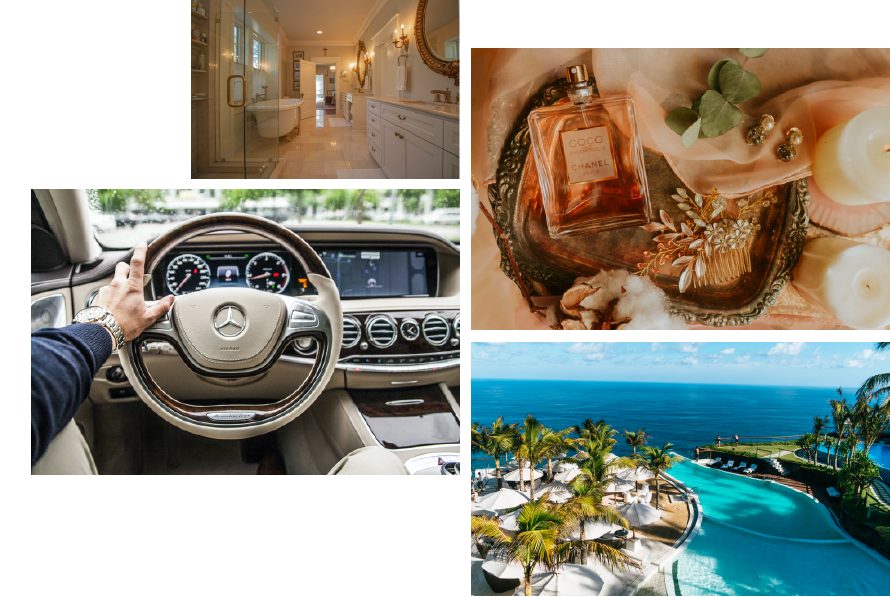
How do luxury and digital come together?
*Source: EMarketer
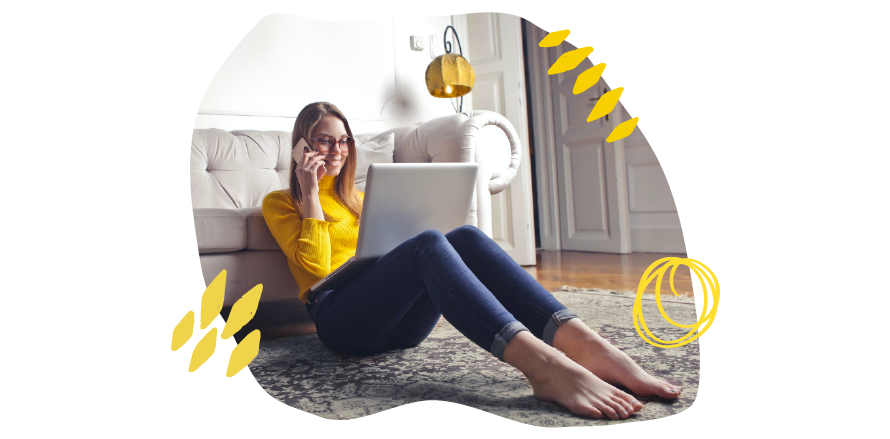
More than ever, we are convinced that the next challenge for many luxury brands will be on-site engagement.- Chapel’s senior executive
What challenges jeopardize this marriage?
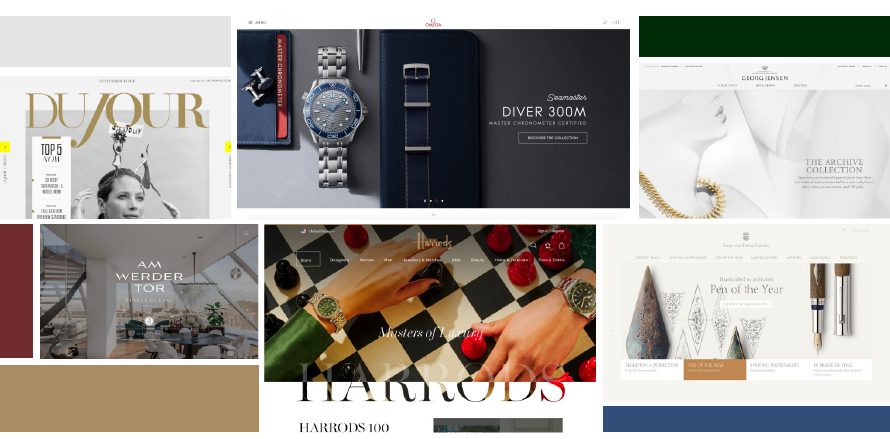
1. Embracing e-commerce and competing with a plethora of online players
2. Balancing User Experience and Branded Content
Too often, luxury brands fall victim to one of two scenarios: they offer high-quality images and videos but lack the functionality for customers to make an online purchase, or they have the functionality but lack a compelling design to enable conversion. In a recent benchmark study of the top luxury e-commerce sites, 25% have zero product storytelling, and 60% do not have in-situation product images*. If you are shopping for jewelry online, not only will you want to see the details of the item, such as the diamond cut, but you also want to see how it’s worn or used by a person.
Source: Luxury e-commerce in 2018
3. Creating the right User Personas See-Now-Buy-Now Consumer
4. Enabling superior Customer Service
Source: Forrester
How to associate luxury in digital – Best practices and solutions
1. Embed timelessness in digital
Luxury brands stand for their heritage and values which give a certain timelessness to the brand and allows customers to engage while connecting to these. Hence it becomes essential that the digital experience is also aligned to the brand strategy, brand promise and personality, ensuring that those aspects manifest through digital storytelling. Preference should be given to emotional benefits over functional and transactional elements. While the pricelessness of the brand can be highlighted through showcasing celebrity guests’ experiences and reviews and user-generated content.
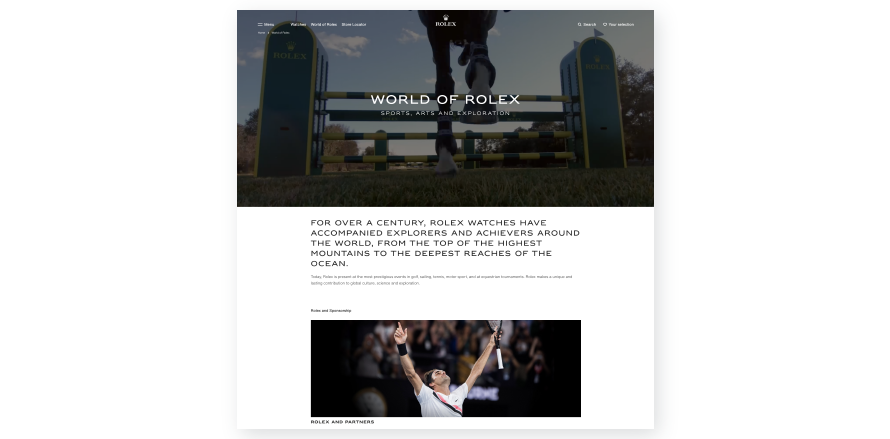
2. Simulate exclusivity to make a difference
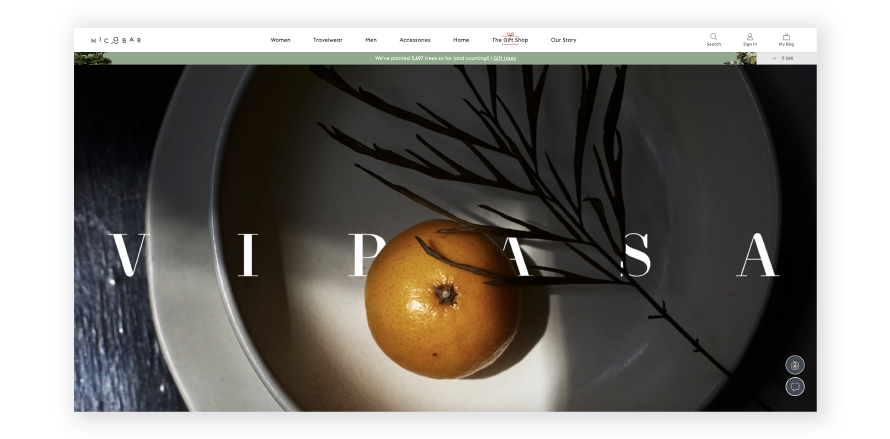
3. Take care of the aesthetic details
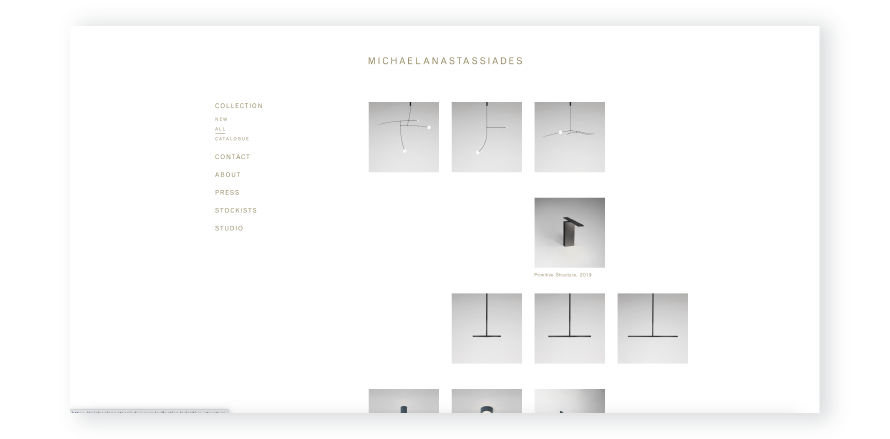
Generous Depth & Width of Content creates immersive experiences
4. Shoot for personalization which feels addictive
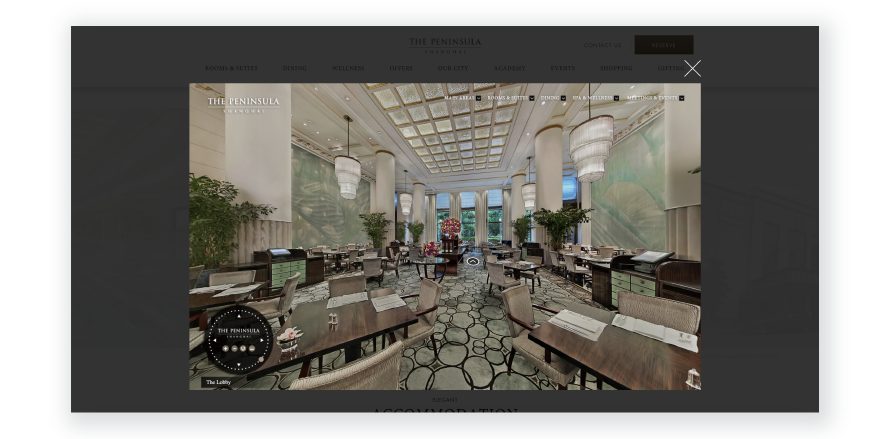
Guided tours and 360 degree videos, smooth navigation design ensure continuity of browsing experience giving customers a personalized virtual experience
A digital future awaits
For Saks Fifth Avenue, a luxury brand, if a customer’s favorite personal stylist is in the Atlanta location, but they live in New Orleans, they have the ability to shop online with the Atlanta personal stylist online. Such interventions and innovations for luxury in digital are just around the corner. Legacy brands who continue to rest on their laurels to drive their sales will quickly find themselves behind the pack.




